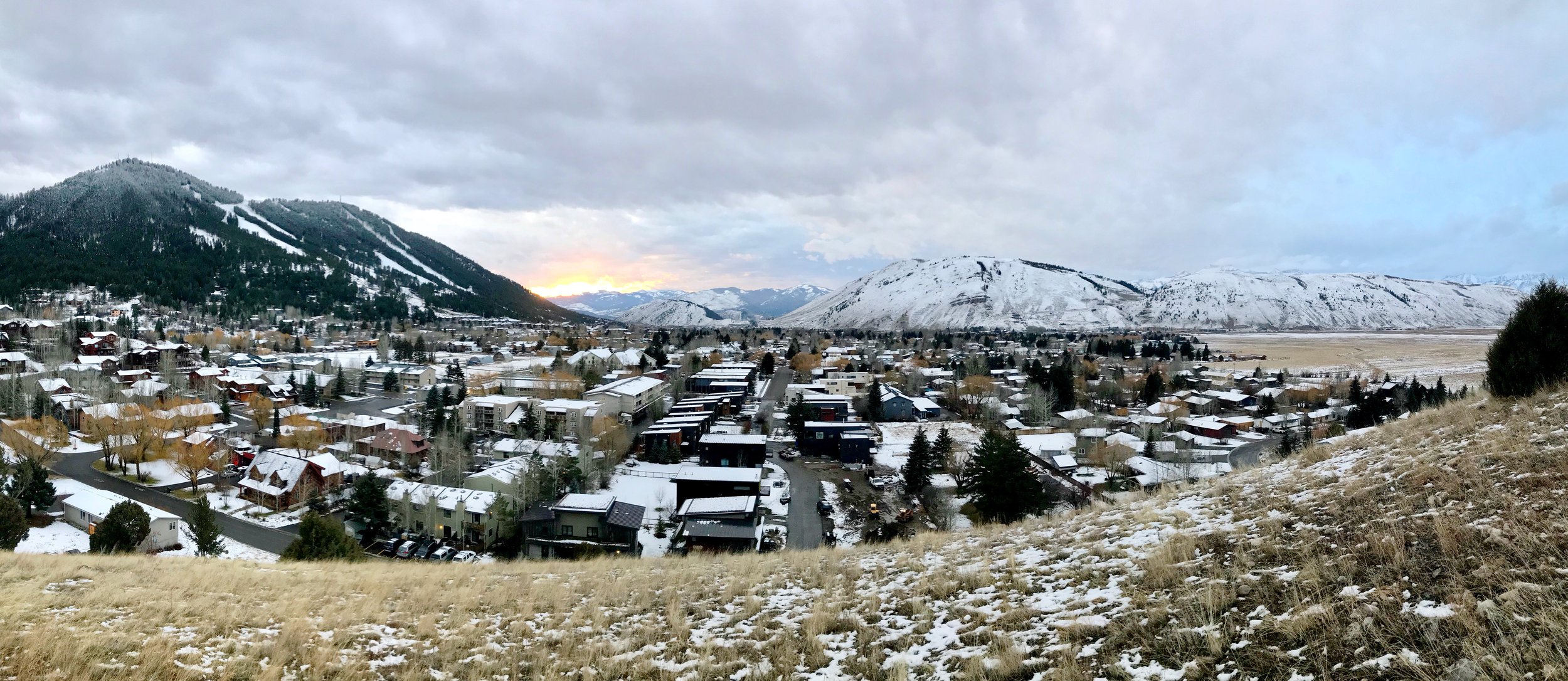Research Brief: How does land development affect migratory ungulates?
Need and opportunity
As the needs for residential, energy, and commercial development continue to grow across the Greater Yellowstone Ecosystem, understanding how land use change affects wildlife species will become increasingly important. Wildlife science has advanced rapidly in recent decades, and it can be hard to keep up with the latest knowledge about how wildlife respond to land use change. To help keep people informed, our group synthesized recent insights into a short, digestible research brief.
Where we are
This project is complete. Download the brief here >
Team members
Arthur Middleton
Arthur is an associate professor in the Department of Science, Policy, and Management at the University of California, Berkeley and also acts as the Senior Advisor on Wildlife Conservation for the US Department of Agriculture. He leads a variety of interdisciplinary research efforts on wide-ranging wildlife and large-landscape conservation, and works actively to ensure positive outcomes of this work for communities.
Kristin Barker
Kristin serves as the research coordinator for the Beyond Yellowstone Living Lab. Her research primarily focuses on migration ecology, predator-prey dynamics, and anthropogenic influences on animal behavior. She’s spent most of the last two decades living and working in the Rocky Mountains, hiking, camping, biking, skiing, paddling, hunting, and doing lots of fieldwork.



